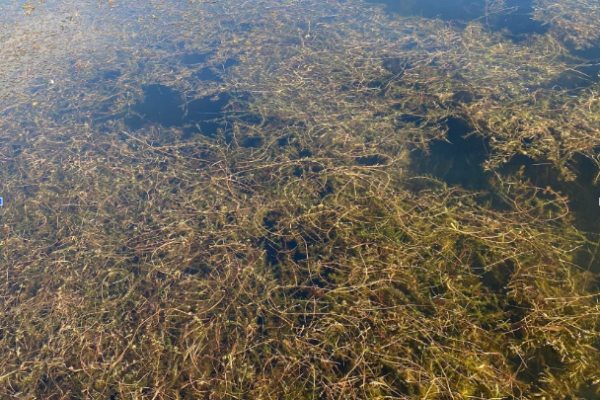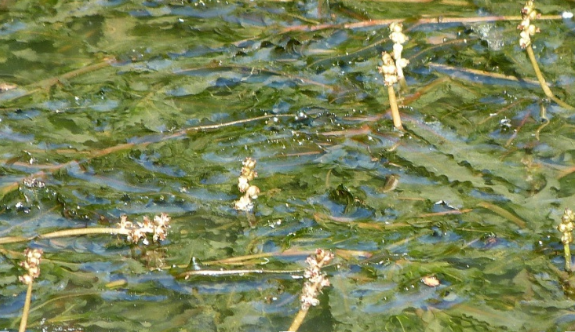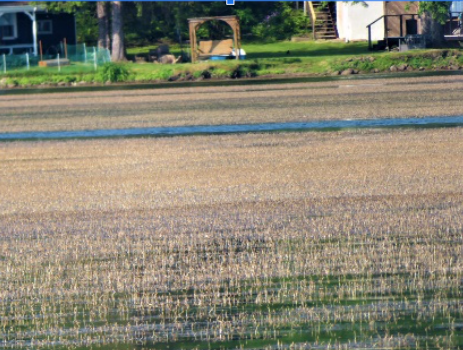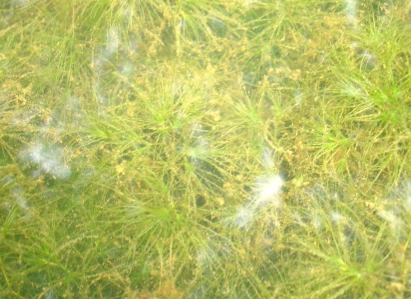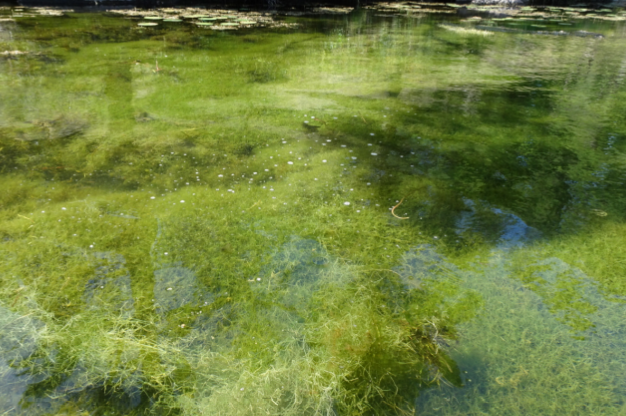Invasive species, particularly Eurasian Water Milfoil and Curly-leaf Pondweed have been a long standing problem in Chautauqua Lake. Using only mechanical harvesting to attempt control, they have at times formed areas of dense mono-cultures and out-competed native plants. This has not only created a nuisance for recreation, but the natural decomposition of these large amounts of plant biomass have contributed to more nutrient cycling, lower oxygen levels, and less water circulation, which are all conditions that are favorable to HABs.
- Native Plants: Research indicates that native plants might retain up to 50-70% of their nutrients in the root system and surrounding sediment, with the remaining nutrients released into the water column during decomposition.
- Invasive Plants: Invasive species might release a higher percentage of their nutrients into the water column upon decomposition, potentially 60-80% or more, due to their higher nutrient content and different decomposition dynamics.
Effective management of invasive species can help reduce nutrient loading and mitigate problems associated with harmful algal blooms.
Reference: Kroger, R., & D. W. (2003). Comparison of nutrient release from native and invasive aquatic plants. Journal of Environmental Quality, 32(4), 1330-1339
